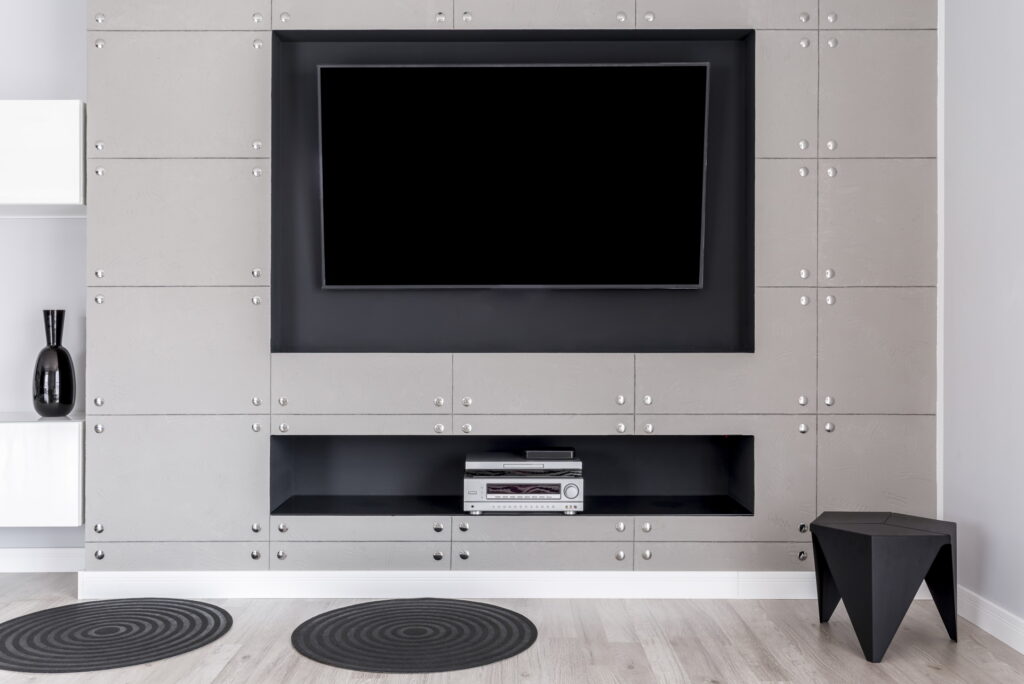
TV wall mounting is becoming more popular as more advanced televisions are distributed worldwide. However, there are various reasons why putting your TV on the wall is far more practical. You can see how simple it is to choose and install a TV wall mount that complements the design of your home.
Like any other device, TV mounts have advantages and disadvantages. Therefore, it is crucial to identify and understand its purpose before purchasing one. TV installation in Toronto can provide a wide range of TV mount options with complete specifications and characteristics.
There are many types of TV wall mounts available. You can choose basic flat mounts that don’t allow you to modify the TV’s position. On the other hand, the pricey one is fully automated motion mounts that let you raise, lower, or pivot the TV with the touch of a button.
The distinction between TV brackets might be confusing. Getting a wall mount is usually an afterthought for many individuals, but if you’ve spent significant money on a TV, you want to put it where it will work best for you and your family. In addition, TV wall mounting is easy to install if you have the required tools.
For a better understanding, the following are the different TV mount options you can find in the marketplace.
Although the flat wall mount lacks some of the other wall mounts’ versatility, it doesn’t mean it is not the ideal option. On the contrary, flat mounts work best for TVs positioned at eye level, whether sitting or standing, because they allow you to keep the TV as flat and flush to the wall as you can.
Swiveling wall mounts can practically install everywhere. They help adjust the position of computer monitors so they can view from a single vantage point. After installation, you can move the TV to accommodate various viewing angles.
Tilt mounts for televisions require only slight angling. As a result, TVs can be slanted downward for better viewing when mounted above eye level. Tilt wall mounts also extend from the division more than flat mounts. Also, concealing components like an HDMI balun behind the panel is possible.
Full-motion, called Multi-position TV wall mount, can install your TV in a corner thanks to the multi-position wall bracket. As a result, you have the freedom to customize your TV for the ideal watching experience fully. In addition, these brackets frequently contain a tiny extending arm that enables the TV to swivel and tilt up to 180 degrees.
It is crucial to determine where you want to place your wall-mounted TV, also, how you want to watch it before deciding which bracket will best meet your needs. However, we believe that manual full-motion mounts or tilting wall mounts are the best options for most consumers.
In addition, always compare the weight of your TV to the combined rated weight of the hardware and mount. Remember, security should always come first. Hire a pro if you want a more secure and safe TV wall mount installation.